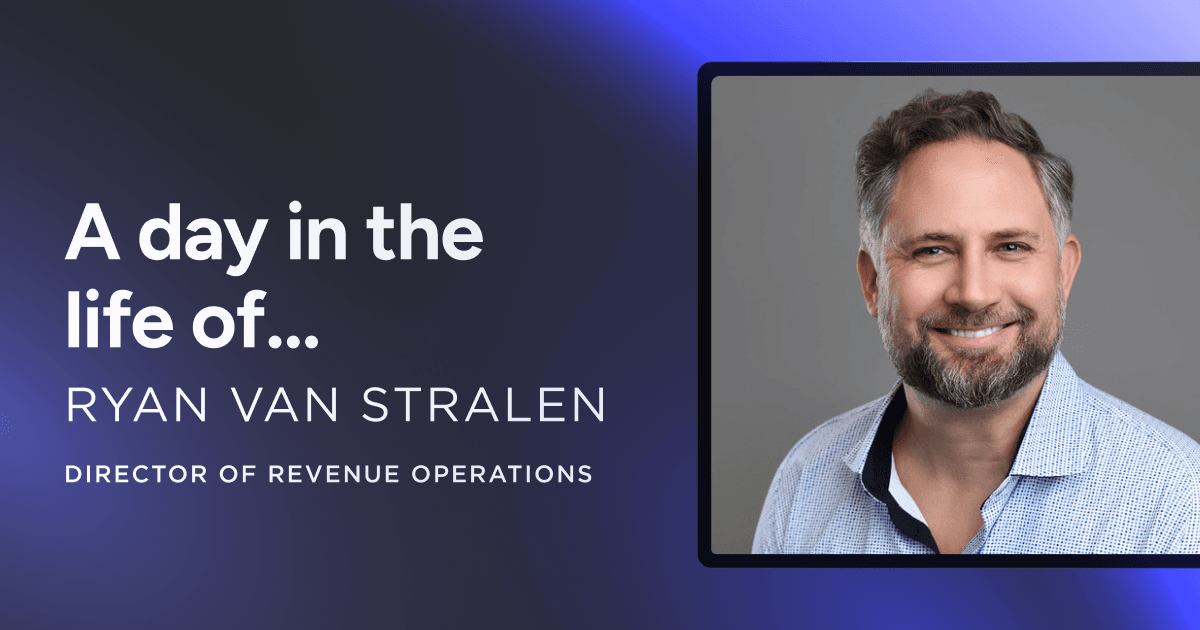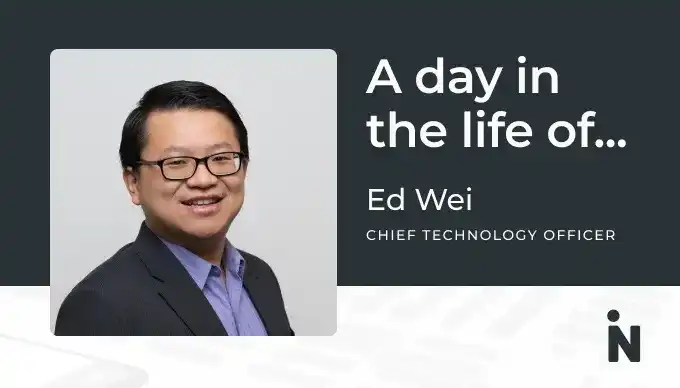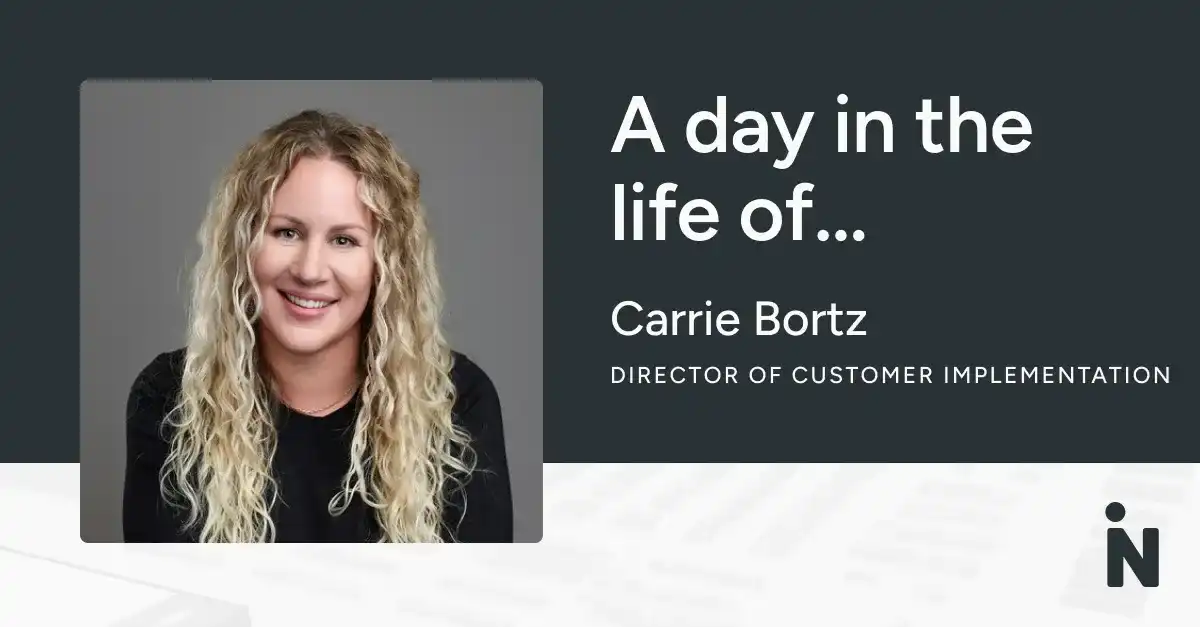What are the key focus areas of a Director of Revenue Operations at Mappedin? How does the role use strategic foresight, analytical prowess, and operational expertise to make teams successful in a dynamic market?

This month, we sit down to chat with Ryan Van Stralen, Director of Revenue Operations, as he shares what he focuses on day-to-day working closely with Customer Success, Sales, Finance, and Marketing.
How would you best describe your role?
I'm passionate about deeply understanding processes, technology, and cross-functional needs to improve revenue capture, accuracy, and efficiency. I focus on making life easier for other departments by aligning tools and workflows with business priorities and simplifying where possible. Whether it's working with our Account Executives to create order forms or discussing with stakeholders about how new features or data capture can benefit them, I ensure every decision supports the full customer journey. Ultimately, I aim to drive high-impact, strategic decisions that lead to better outcomes across the business.
What does your typical workday look like?
Morning: In the mornings, I host open RevOps meetings on Mondays, Wednesdays, and Fridays to address roadblocks, align on strategy, and invite fresh perspectives. Priorities are driven by Jira, often sourced from our open RevOps Slack channel, if we can’t resolve something quickly, it moves to Jira for deeper work. Tuesdays and Thursdays are heads-down focus days, where I dive into advanced AI structuring and “vibe coding,” always guided by what's most important on the roadmap.
Afternoon: Afternoons often involve cross-functional meetings, spontaneous in-office discussions with teammates, and continued heads-down work or exploration of new tools and beta features.
My go-to lunch is: For lunch, I usually grab a sandwich from Seven Shores, like their chicken mango. If I’m in a pinch, I’ll pick something from the grocery store across the street or snack on leftover yogurt I forgot about in the fridge. And, of course, there’s always more coffee throughout the day!
What tools or dashboards do you use most frequently throughout the day?
I work extensively with HubSpot alongside AI tools like Claude, ChatGPT, and sometimes Cursor to enhance productivity. For data analysis, I use BigQuery and Looker. As these require SQL queries, I’ll use AI to help. AI supports many other technical tasks and vibe coding, and I collaborate with our CTO, Ed Wei, to leverage AI tools that better interpret and explain data from each system. Other key tools in my workflow include QuickBooks, Slack, and Loom.
What kind of meetings are you regularly involved in, and which ones do you lead?
I collaborate closely with teams across Customer Success, Implementation, Finance, Marketing, Product Marketing, and Legal. Our open RevOps meetings foster transparency and alignment, while being in the office allows for valuable spontaneous conversations and overlap with many colleagues, making collaboration even more effective and impactful.
What’s one RevOps initiative you’re especially proud of this year?
I’ve improved how Finance uses HubSpot data for revenue recognition and billing, making the process significantly more complete and accurate, including automated billing reminders. I’ve built adaptive dashboards and reports tailored to how Sales and the CEO want to view data, and simplified workflows across teams. We’ve also developed in-depth marketing reporting in Looker by pulling from multiple sources. Recent highlights include hiring Sasha Pedko, our Senior RevOps Analyst, who’s been a great addition, and collaborating with Alix Condarcuri, our Senior Customer Operations Manager, on process improvements and automation for her department.
How do you approach forecasting and pipeline reviews?
I take a “garbage in, garbage out” approach seriously by using anomaly reports and dashboards to ensure that deals contributing to forecasts are accurate and realistic. I’ve built automations to flag inconsistencies and maintain data integrity. For forecasting, we leverage pipeline-to-revenue ratios and am working on incorporating seasonality and self-serve trends for greater accuracy. Looking ahead, we plan to introduce more advanced deal scoring to further improve predictability.
How do you evaluate and adopt new RevOps technologies, and what kind of automation has the highest potential?
I'm focused on getting the biggest bang for the buck by prioritizing AI, which has the potential to leapfrog existing tools, unlocking insights we hadn’t considered, reducing manual work, and saving time on data entry. A key objective is to empower team members to access AI-driven insights without needing to ask perfectly worded questions or explain how the data sources work. We’re also working on integrating all customer data, including our platform self-serve subscriptions, into HubSpot to create a centralized, actionable, intelligent system.
How do you coach teams to think more operationally and analytically?
I focus on asking the right "why" questions, helping teams clarify their objectives and what they hope to achieve through processes, automation, or data capture. I coach team members on strategic thinking, prioritization, and identifying the root of problems. Sasha brings strong analytical skills, while other teams contribute from a more operational perspective, creating a well-rounded dynamic. I emphasize mutual learning, including regular code reviews, and look for new hires with diverse business experience beyond traditional RevOps skills to strengthen the team's overall perspective and adaptability.
What qualities do you look for when hiring in RevOps?
I approach RevOps with a focus on the entire customer journey, always thinking ahead and across teams. Success in this role requires strong communication, change management skills, initiative, an analytical mindset, and the ability to spot patterns and think creatively. We leverage AI “vibe coding” to push the boundaries of our expertise. Experience outside of traditional RevOps is the special sauce! It brings deeper business understanding and enables more innovative, strategic solutions.
Share



